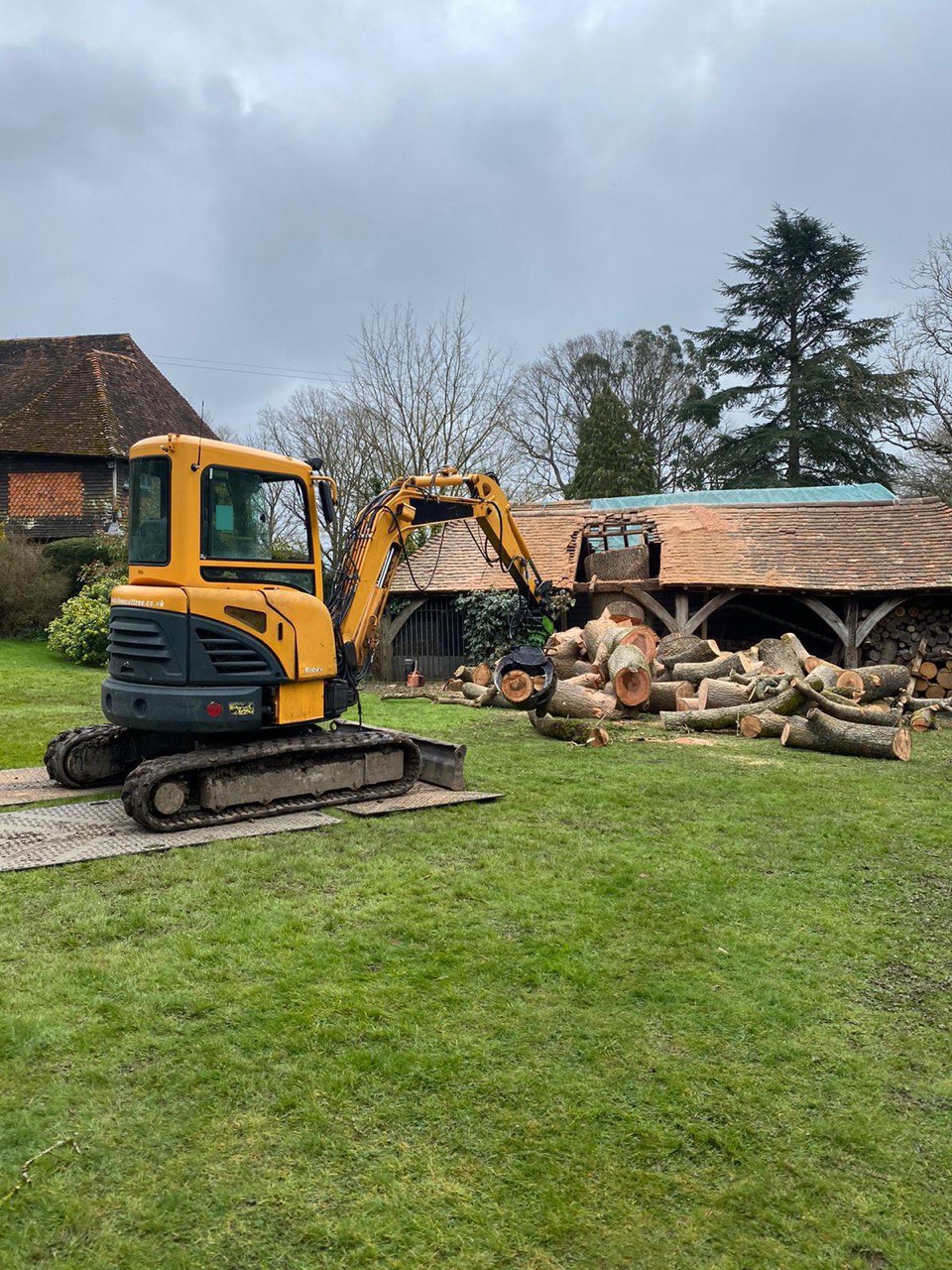
Introduction: Tree crown reduction is a vital aspect of tree maintenance, helping to maintain the health, aesthetics, and safety of trees in both urban and rural environments. However, knowing when to undertake crown reduction is crucial to ensure optimal results and minimise stress to the tree. In this blog post, presented by The Tree Surgeon Stafford, we’ll explore the factors to consider when determining the right time for tree crown reduction.
Seasonal Considerations:
- Timing tree crown reduction work can significantly impact the tree’s response and recovery. Generally, the best time to undertake crown reduction is during the tree’s dormant season, typically in late winter or early spring before new growth begins. During this time, the tree is less vulnerable to stress, and pruning wounds are more likely to heal quickly. Crown reduction can also be performed during the growing season if necessary. Still, it’s essential to avoid pruning during extreme heat or drought to minimise stress on the tree.
Tree Health and Growth Patterns:
- The tree’s health and growth patterns should also be considered when scheduling crown reduction work. Trees that are stressed, diseased, or weakened may benefit from crown reduction to alleviate stress on the branches and promote healthy growth. Similarly, trees with vigorous growth or dense foliage may require more frequent crown reduction to maintain their shape, balance, and structural integrity.
Safety Concerns:
- Safety should always be a priority in tree maintenance, and crown reduction is crucial in mitigating potential hazards posed by overgrown or structurally compromised trees. If a tree’s crown has become too dense or heavy, leading to an increased risk of limb failure or falling branches, crown reduction may be necessary to reduce the tree’s weight and improve its stability. In such cases, crown reduction should be undertaken promptly to minimise the risk of accidents or property damage.
Desired Aesthetic and Functional Goals:
- The timing of crown reduction work may also depend on the tree’s desired aesthetic and functional goals. For example, the goal is to maintain a specific shape or size for ornamental trees. In that case, crown reduction may be performed regularly to achieve and preserve the desired appearance. Similarly, if the tree obstructs views, interferes with utility lines, or infringes on structures, crown reduction may be necessary to address these issues promptly.
Conclusion: Determining the right time for tree crown reduction requires careful consideration of various factors, including seasonal considerations, tree health and growth patterns, safety concerns, and desired aesthetic and functional goals. By assessing these factors and consulting with a professional arborist, you can ensure crown reduction work is undertaken at the optimal time to promote your trees’ health, safety, and longevity. For maintenance, hazard mitigation, or aesthetic purposes, timely crown reduction can help keep your trees healthy, beautiful, and safe for years.
Call us on: 01785 569 297
Click here to find out more about The Tree Surgeon Stafford
Click here to complete our contact form and see how we can help with your tree’s needs.